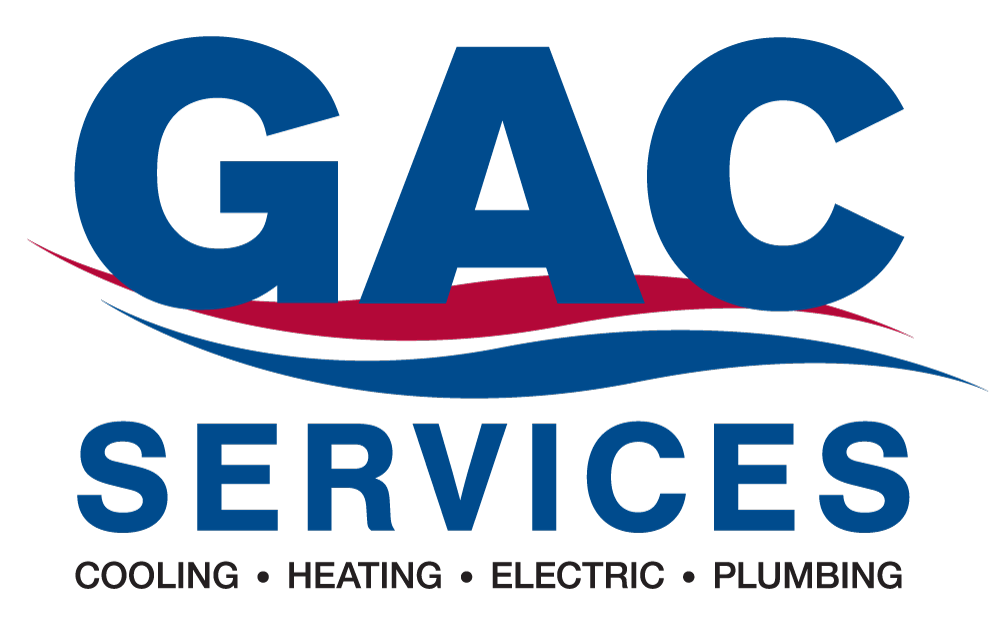Stray electrical current from a damaged appliance, improper wiring, or accidental contact with water while using an electrical device can cause serious injuries or even death. That is why the modern National Electrical Code (NEC) requires GFCI outlets in kitchens, bathrooms, outdoors, and other areas where exposure to moisture is possible.
This style of outlet is an inexpensive and effective way to provide basic protection against electrical shocks. They’re required in all new homes or when doing renovations in older homes.
From learning about the legal necessity to how they can benefit your home and electrical system, it’s important to have an experienced electrician help you install these protective devices.
What Is a GFCI Outlet?
GFCI stands for ground fault circuit interrupter. A GFCI outlet takes the place of a standard outlet in any location that may be exposed to moisture. It is identifiable by the addition of two buttons to control the functions, labeled “Test” and “Reset.”
A GFCI outlet constantly monitors the electrical current on the hot, neutral, and ground lines, and it can physically turn off the circuit if it detects any abnormalities in the flow of electricity. It can respond in 30 milliseconds or fewer, greatly reducing the risk of injury from electrical shocks.
For instance, if you touch the metal case of an appliance with a damaged ground connection or drop a radio in a sink of water, the GFCI outlet will shut off the power before significant injury can occur.
A single GFCI outlet can protect multiple outlets on a circuit by connecting one or more standard outlets downstream from the GFCI outlet. Additionally, GFCI protection can also be added directly to the electrical panel with a GFCI breaker, protecting an entire circuit.
Where Are GFCI Outlets Required?
The NEC requires that GFCI outlets be used in any location that is six feet or closer to a plumbing fixture or moisture source. This includes multiple areas of a typical home, such as:
- Kitchens
- Bathrooms
- Wet Bars
- Laundry Rooms
- Utility Rooms
- Garages
- Crawlspaces
- Unfinished Basements
- Exterior Outlets
- Pool, Spa, and Hot Tub Outlets
They can also be used in older homes in certain circumstances to replace non-grounded outlets, providing some level of protection without a complete home rewiring.
Are GFCI Outlets Required in Older Homes?
While GFCI outlets are not always required in older homes, adding them will enhance your safety. Homes built before the 1970s often lack GFCI outlets in areas where they are now considered necessary. However, many building codes have been updated to mandate GFCI protection in these areas to prevent electric shocks.
If you live in an older home, it’s a good idea to have a qualified electrician assess your electrical system. They can determine if adding GFCI outlets is necessary to meet current safety standards.
Replacing a regular outlet with a GFCI outlet is a relatively straightforward and cost-effective way to enhance electrical safety without having to rewire your home. Even if not mandated, adding them can protect you, your family, and your home from potential electrical hazards, making them a wise investment in older homes.
Testing GFCI Outlets
GFCI outlets combine both electrical and mechanical components to shut off the circuit when a problem is detected. Occasionally, these outlets can fail, leaving the circuit without power or protection from ground faults.
It is important to test your GFCI outlets periodically, about once a month or so. Follow these steps to test each outlet:
- Press the “Test” button, which should turn off the circuit.
- Make sure the power is off by plugging in a lamp, radio, or something similar.
- Press the “Reset” button, which should turn the circuit back on.
- Check the power by plugging your device back in.
If any of the outlets fail the test, have them replaced by a professional electrician as soon as possible.
GFCI Outlet Replacement
When you need a GFCI outlet replacement or installation, you need the guidance of an experienced electrician. Our team at GAC Services is here to inspect your Gaithersburg home’s electrical system, determine what outlets need to be GFCI, and ensure your safety.
For all of your electrical needs, reach out to us at GAC Services. We serve Frederick County, Montgomery County, and Howard County. Contact us today at (301) 835-1560, and let us know how our experts can help you.


